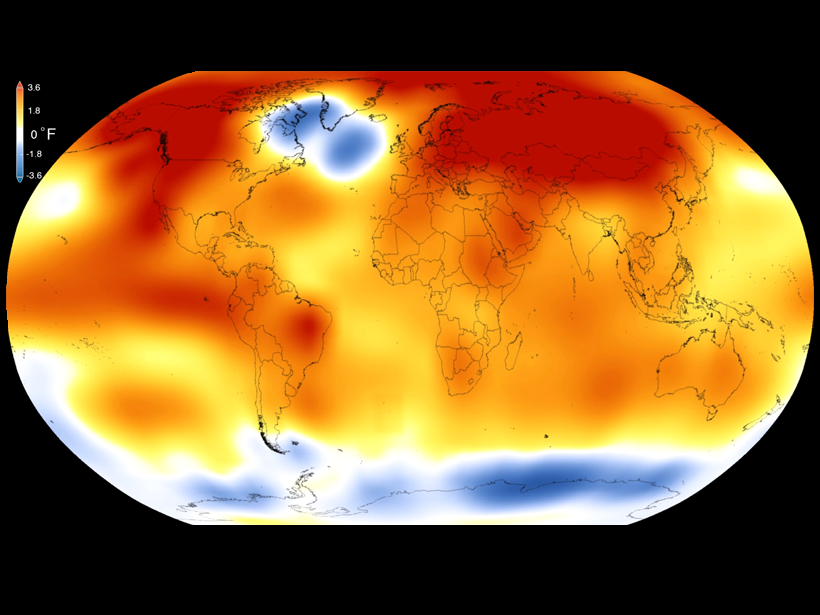Source: Geophysical Research Letters
In recent years, as the effects of climate change have become more apparent, scientists have attempted to determine whether specific extreme weather events, such as heat waves, droughts, and cold spells, are more likely to occur. Researchers have also tried to figure out whether past extreme events can be attributed to human influences on global climate.
Here King et al. examined past hot years and seasons that exceeded the range of natural variability, going back to 1900 or as far back as observational data allowed. They used a climate model to compare the likelihood of these events occurring when looking at only natural climate influences and when including both natural and human influences.
Examining extreme heat events in five different regions—central England, central Europe, the central United States, East Asia, and Australia—the researchers found that humans have likely caused the 16 most recent record-breaking hot years experienced on Earth, up to 2014.
They found that this influence on global climate goes back as far as 1937, an effect that has been masked until recent decades by the wide use of industrial aerosols, which have a cooling effect on temperatures.
According to the study, aerosol concentrations in central England, the central United States, central Europe, and East Asia caused cooling periods during the 1970s that delayed the emergence of a clear human influence on climate. The researchers concluded that without human-induced climate change, recent hot summers and years would not have occurred. (Geophysical Research Letters, doi:10.1002/2015GL067448, 2016)
—Lauren Lipuma, Contributing Writer
Citation: Lipuma, L. (2016), Researchers attribute human influence on climate back to 1930s, Eos, 97, doi:10.1029/2016EO049897. Published on 11 April 2016.
Text © 2016. The authors. CC BY-NC-ND 3.0
Except where otherwise noted, images are subject to copyright. Any reuse without express permission from the copyright owner is prohibited.

